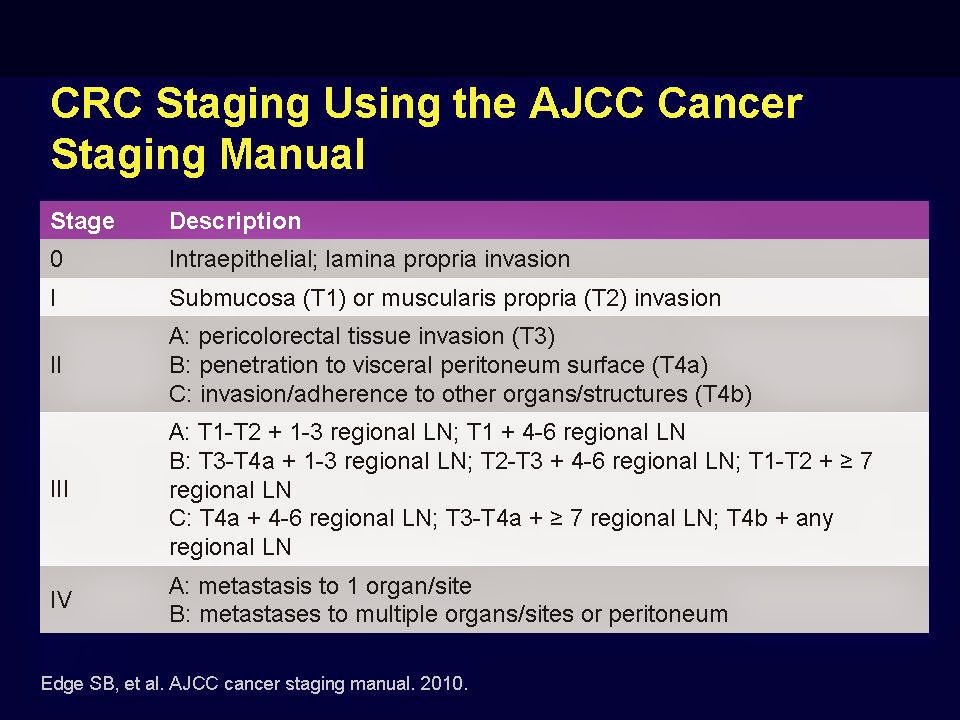Se transcribe un
abstract que va a ser presentado en el Meeting de ASCO de este año, en el cual
se hace un análisis de los costos del bevacizumab indicados en primera y
segunda línea, mostrando los gastos excesivos para pobres resulados.
Author(s): Daniel A. Goldstein, Qiushi Chen, David H. Howard, Joseph Lipscomb,
Turgay Ayer, Bassel F. El-Rayes, Christopher Flowers; Winship Cancer Institute
of Emory University, Atlanta, GA; H. Milton Stewart School of Industrial &
Systems Engineering, Georgia Institute of Technology, Atlanta, GA; Emory
University Department of Health Policy and Management, Atlanta, GA; Rollins
School of Public Health; Winship Cancer Institute, Atlanta, GA; H. Milton
Stewart School of Industrial and Systems Engineering, Georgia Institute of
Technology, Atlanta, GA; The Winship Cancer Institute of Emory University,
Atlanta, GA; Hematology and Medical Oncology, Winship Cancer Institute of Emory
University, Atlanta, GA
Abstract:
Background: The addition of Bev to 5-Fluorouracil (5-FU)-based chemotherapy is the
standard of care for previously untreated mCRC. A recent randomized trial
demonstrated a 1.4 month increase in median overall survival (OS) when Bev is
continued beyond the first progression, thus making it standard practice to use
Bev with 5-FU based chemotherapy in both first- and second-line. International
CEAs have evaluated Bev in the 1st-line setting. The objective of this study is
to determine the cost effectiveness of Bev in the 1st line setting and when
continued beyond progression from the US-payer perspective.Methods: We developed two Markov models to compare the cost and effectiveness of
5-FU, leucovorin and oxaliplatin (FOLFOX) with or without Bev in the first-line
treatment, and subsequent chemotherapy with or without Bev in the second-line
treatment of mCRC. Weibull models were fitted to the published survival curves,
and were used to extrapolate the cause-specific mortality and progression
risks. Costs for administration and management of adverse events were based on
Medicare reimbursement rates for hospital and physician services, and drug
costs based on the Medicare average sale prices (all in 2013 US $). Health
outcomes were measured in life years (LY) and quality-adjusted life years
(QALYS). The simulated OS and progression free survival (PFS) were validated by
the fitted survival models. Model robustness was addressed by univariate and
probabilistic sensitivity analyses (PSA). Results: Using Bev in first-line therapy provided an additional 0.289 QALYs
(0.412 LYs ) at a cost of $69,381. The
incremental cost-effectiveness ratio (ICER) was $240,195/QALY. Continuing Bev
beyond progression provided an additional 0.108 QALYs (0.167 LYs )
at a cost of $23,788. The ICER was $219,742/QALY. In all one way sensitivity
analyses, the ICER of Bev was > $100,000/QALY. The ICER of Bev was greater
than $100,000/QALY in > 99.9% of PSAs. Conclusions: This is the first US based CEA of Bev in mCRC. Bev provides minimal
incremental benefit at high incremental cost per QALY in both the first and
second-line setting. The ICER of Bev could be improved by use of an effective
biomarker to select patients most likely to benefit.




























